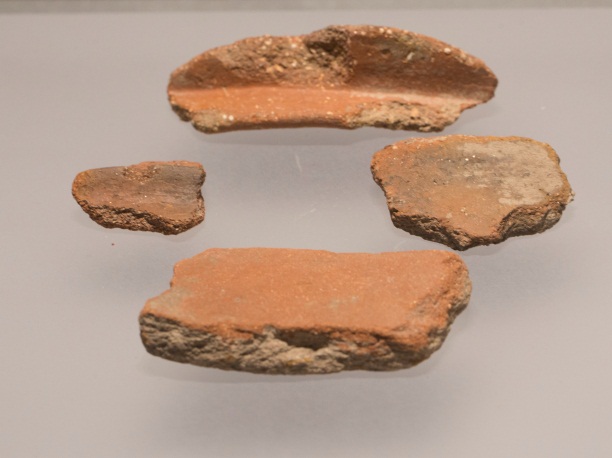
Arguably China's capital of ceramics, the city of Zibo – located in East China's Shandong province, is home to a unique ceramic firing technique.
Archaeological discoveries have shown that Bianbian Cave, or flat cave, in Yiyuan county, was a site for human habitation and pottery production in China's early Neolithic period. The ancient pottery site dates back more than 8,000 years, making it the earliest site discovered so far.

Pottery shard found in Bianbian Cave in Yiyuan county. [Photo/IC]
Zibo craftspeople have helped to shape a unique ceramic culture by exclusively using materials found locally.
The city's ceramic creations vary a great deal, from everyday objects and furnishings to architectural porcelain for gardens, reflecting the social, economic, and cultural background of central Shandong at the time.
In the 1980s, the round kiln, or "steamed bread kiln", with a history of over 100 years, started to die out.
Other traditional ceramic firing techniques could also be lost when old experts retired or died. The techniques are now in urgent need of protection.
The Zibo ceramic firing technique was listed as a national intangible cultural heritage in 2011.

Ceramic cups called hai dai qing feng are photographed at the 21st China (Zibo) International Ceramics Exposition which was held from Nov 29 to Dec 6. [Photo/zibodaily.com]